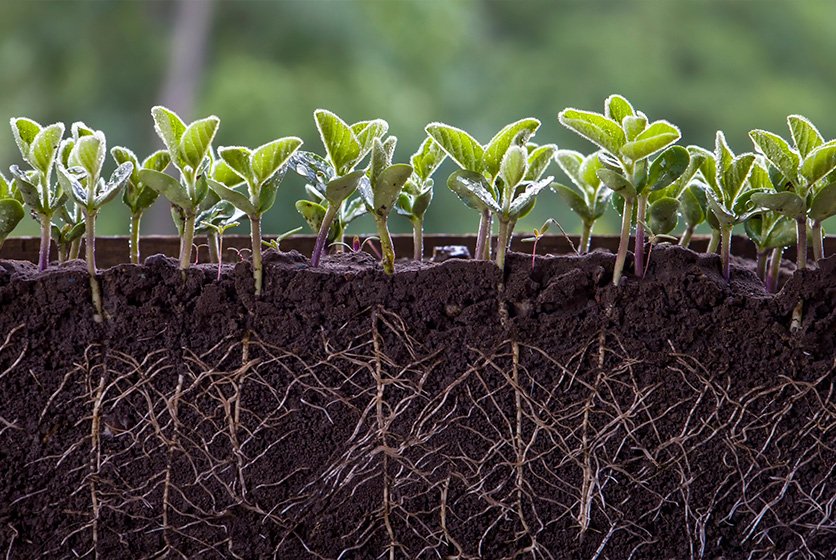What Is Soil Science?
There are seven major soil types in India. The Indian Council of Agriculture Research is the spearhead of research into types and soil composition and the main types are:
-
Alluvial
-
Black
-
Red
-
Laterite
-
Forest
-
Mountainous and
-
Marsh
And if you are interested to know more about soils and how they play such a significant role in agriculture and sustaining life, then you should be interested in soil science.
The definition of soil science states that it is a study of soil that encompasses how soil is formed, its properties, and its management. Classifying soil types, analysing how they are formed, their biological properties, the fertility of soil, and even how it interacts with living things including plants – all of it comes under soil science.
In the larger context, soil science is also helping experts analyse the challenges related to soil conservation. This has come to the fore even more in recent times because of problems such as soil erosion, reducing fertility of soil, and land degradation.
It is also interesting to note that soil science goes beyond agriculture and ties into climate studies, archaeology, carbon sequestration, and even landscaping. But its biggest association is with agriculture because soil science can help with agronomy, and a better understanding of how plants interact with and thrive in various kinds of soils.
Land management
Growing population, and shrinking resources are two of the main challenges that almost all countries are facing when it comes to agriculture. Soil is an essential natural resource, as we all know. And when soil science gives a better insight into this resource, everyone understands more about:
-
How soil health is critical for productivity
-
Ensuring better land management practices
-
Fostering sustainable agriculture
-
Nutrient availability
-
Factors that affect soil quality
-
Managing soil degradation and so on
At a primary level, soil has nutrients in different proportions and only a balanced availability of these nutrients ensures healthy crop production. So, while nitrogen, phosphorus, and potassium are considered macro-nutrients, there are also magnesium, zinc, iron, copper, nickel, molybdenum etc. And all of them have a role to play in soil health.

The suitability of a soil for agriculture is determined by several factors. Some of the most key factors are the mineral components, soil organic matter, water, and even air. Water retention quality of a soil will affect root health. Soil organic matter denotes the organic biomass residue left in the soil. Think of the colours and aromas that types of soil have – this is due to soil organic matter. Plant residue, and living microbial biomass contribute to soil organic matter.
Soil Science and India
One of the premier institutes working in the field of soil science is the Indian Institute of Soil Science (IISS), Madhya Pradesh. By conducting research on “physical, chemical and biological processes in soils related to management of nutrients, water and energy”, the IISS helps provide evidence-based insight into managing soil resources.
India also has a direct (or indirect) connection with researchers and scientists such as Ravendra Naidu, Jagdish Kumar Ladha, Ph.D., Rattan Lal, and P. K. Ramachandran Nair who have done yeoman work in soil sciences and related fields. And one of the things these four people have in common is the International Soil Science Award.
#InterestingInfo
-
Vasily Vasilyevich Dokuchaev is known as the founder of soil science
-
Forensic soil science is used to solve crimes! Soil samples from crime scenes are analysed for more information.



